Plastic itself is an outstanding solution coming with a lot of superior properties. However, have you ever heard about the “booster” that definitely enhances and modifies the features of plastics? In today’s article, we’ll take a deep dive into common types of plastic additives and their vast array of industrial applications. Let’s start!
Read more: What are plastic additives? 8 most common plastic additives in plastic industry
1. What are plastic additives?
Plastic additives are materials (usually in the form of pellets) added in the processing to enhance or modify some expected properties for the final products. Some features of plastic additives are:
- Helping end-products achieve required mechanical and aesthetic properties
- Improving end-products durability and longevity
- Enhancing manufacturing efficiency
- No impact on end-products mechanical properties
2. Types of plastic additives
2.1. Anti-fog additives for plastics
Fogs appear when there is condensed steam or moisture creates drops on the film/sheet surface at low temperatures. They hinder the amount of light transmitted through greenhouse film because of scattering, therefore the photosynthesis performance decreased. Fogs also cause poor film transparency of food packages.
Anti-fog additives prevent the condensation of water on the surface of a clear plastic film. Surfactants in anti-fog additives modify surface tension. In plastic products, chemical compounds migrate to the surface and change the interaction between water and plastic surface to decrease surface tension, therefore, it prevents creating drops and allows more effective light transmission.
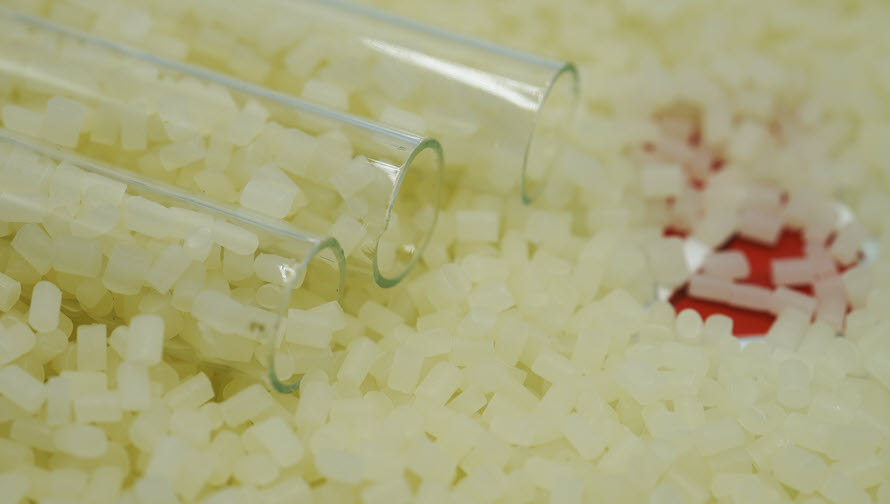
Anti-fog additives advantages:
- In the agriculture industry: Anti-fog additives prevent moisture condensation on the surface, make films more transparent, and improve light transmission. As a result, farmers can increase the plant growth rates, and crop yield per plant and have earlier crop maturity.
- In the food industry: Food packaging benefits from anti-fog additives by maintaining its clarity and transparency so the contents inside can be clearly seen by consumers.
Application: greenhouse film, food packaging.
2.2. Antimicrobial additives for plastics
Antimicrobial plastic additives are a solution to prevent microbial growth in plastic products. The common types of microorganisms we can avoid if using this additive are algae, bacteria, and fungi.
The working mechanism of antibacterial additives for plastics is preventing bacteria from growing and reproducing when they come into contact with the surface. In essence, these micro animals will be killed off.
Advantages of antimicrobial additives for plastics:
- Protecting plastic products from bacteria and viruses
- Prolonging the shelflife of final products
- Keeping hygiene safety for food contact packaging
- Helping final products remove strange odors
Application: typical everyday products using polymers (PE, PP, PS) like toys, cars, food packaging…
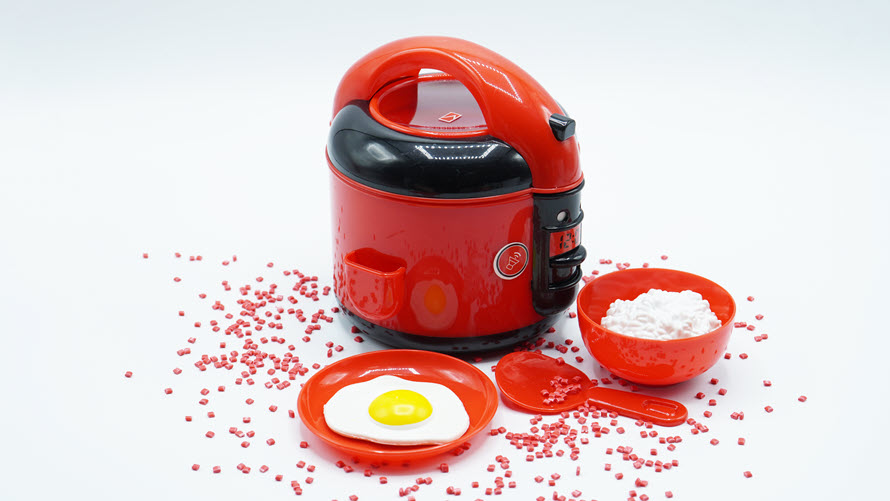
2.3. Flame retardant additives for plastics
Most thermoplastics are flammable and easily burn when heated at high temperatures. Therefore, manufacturers should use flame retardant to meet the standards of Fire Safety and avoid property damage. Typically, people will use additives with a dosage of 5 to 7 percent for blowing thick film PE (over 40 micrometers).
Application: Blow film, cast, injection
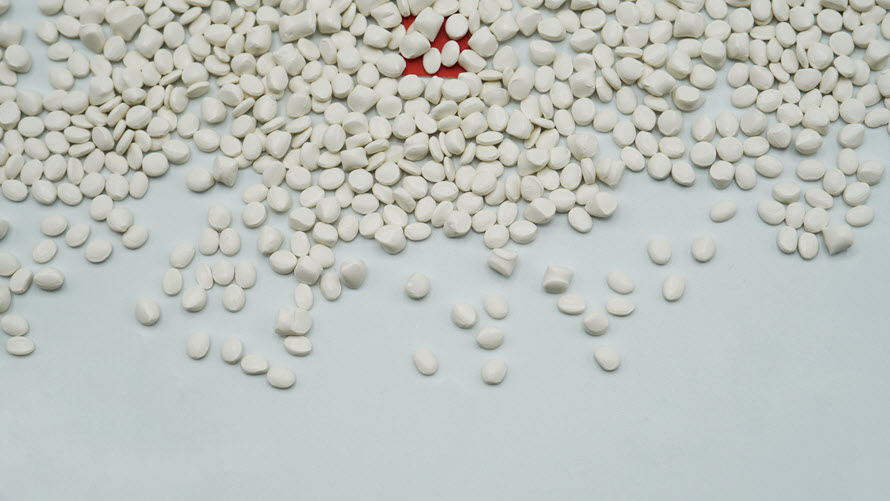
2.4. Anti-slip additives for plastics
Anti-slip additive help reduce a film’s resistance to sliding over itself or parts of converting
equipment.
In the commercial, amide compounds can be found in slip additives in two types: short-chain amides and long-chain amides. Amide compounds tend to migrate to the surface of the film or panel after extrusion. Therefore, slip additives have a role in processing aid and supporting mold release.
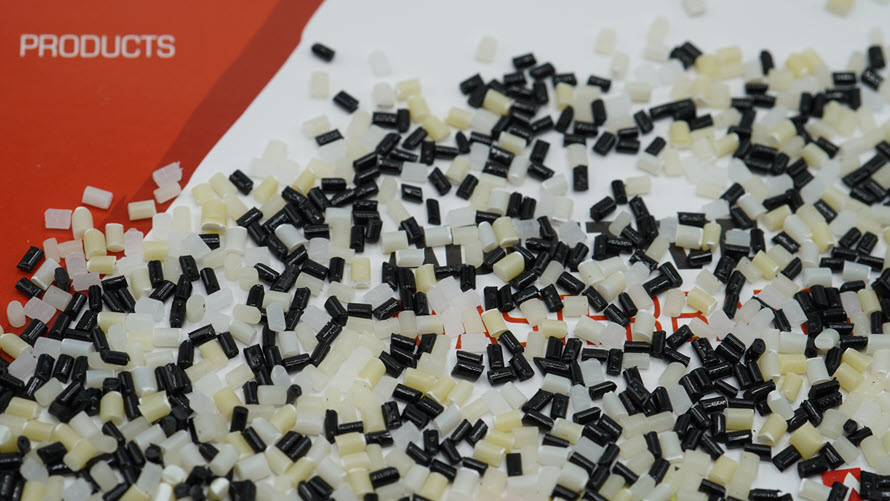
2.5. Anti-scratch additives for plastics
Plastic products after a long time of use will appear with some scratches and scuffs on the surface. That’s why we need anti-scratch additives to eliminate their visibility. The main purpose of using this additive is to improve the look and prolong the lifetime of plastics.
The advantages of anti-scratch additives:
- Mitigating the scratch width
- Reducing the scratch whitening
- Improving the scratch smoothness
- Low visible bloom
- Increasing oxidative stability
- Improving mold release
- Causing no odor
Application: household appliances, cosmetic packaging, and high-end electronic devices.
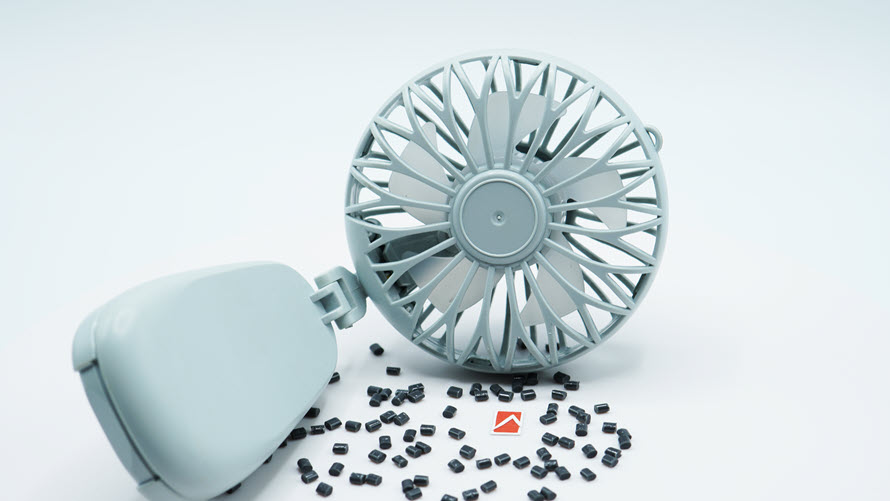
2.6. Antistatic additives for plastics
In normal conditions, polymers of all types allow electrostatic to build up on their surfaces, particularly in the case of films and fibers, which can attract dust, thin film adhesion, and even damage circuit boards. Undesirable effects of electrostatic build-up can be avoided by using masterbatches containing antistatic additives.
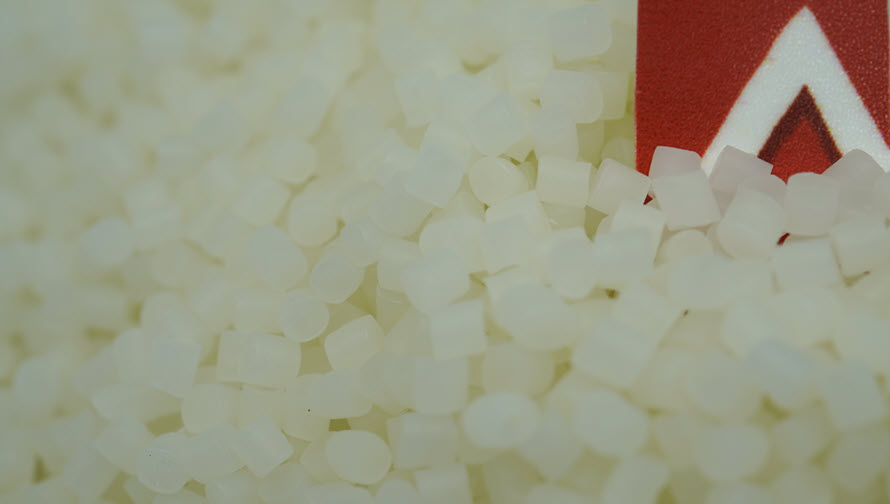
Antistatic additives play a role as surfactants including a hydrophobic organic end and a hydrophilic end. The chemical compounds are migratory in nature, thereafter, the strongly polar hydrophilic end adsorbs water molecules and eliminates static charges by ionic conduction.
Application: Electro-equipment package, injection part (LLDPE, LDPE, PP, HIPS, ABS resin).
2.7. Antioxidant plastic additives
Degradation is initiated by the action of highly reactive free radicals caused by heat, radiation, mechanical shear, or metallic impurities. The initiation of free radicals may occur during polymerization, processing, or fabrication. Therefore, we need antioxidant additives for plastics to prevent oxidative degradation.
Advantages of antioxidant plastic additives:
- Avoiding compromising the raw polymers during the manufacturing process
- Delaying the process of oxidation and increasing plastic shelflife
- Preserving mechanical properties of plastics
Application: pipes and fittings used in the building & construction industry, PE films used for construction and food packaging, PP films.
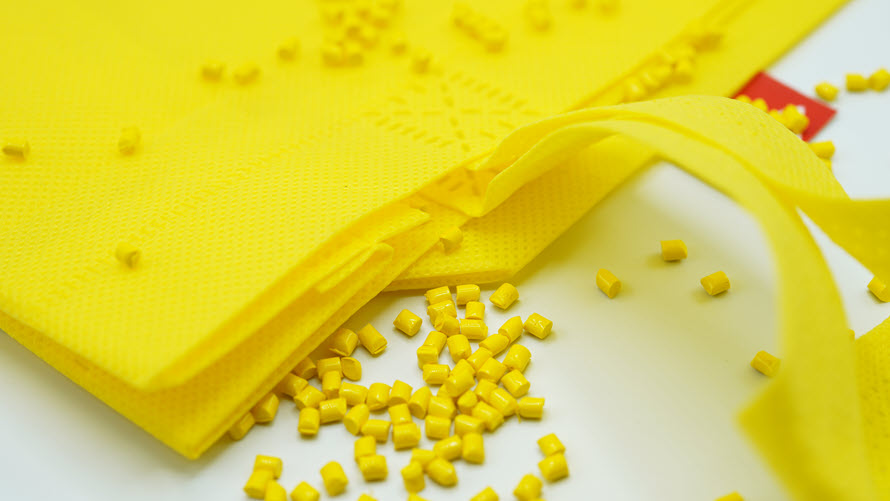
2.8. Anti-rodent additives for plastics
Household appliances including electric wires, and plastic pipes… are easily destroyed by animal chewing. As a result, plastic manufacturers need a solution like an anti-rodent additive, for example, to address this problem.
Anti-rodent additives work by creating a foul odor that animals will never want to taste again. The advantages of this additive are:
- Protecting plastics from chewing animals
- Increasing life of finished products
- Safety for human use
Application: wire and cables, tubes and pipes, electrical boxes, wiring harnesses, food and feed bags, trash bags.
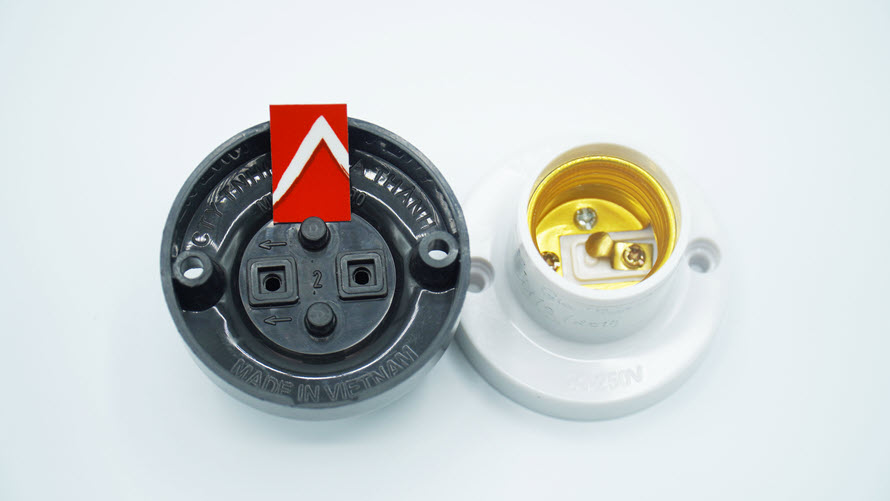
2.9. Antiblock additives for plastics
Anti-blocking additive is used to reduce the friction between two adjacent film layers during the blown film process. The advantages of antiblock additives for plastics:
- Preventing delays through sticking
- Permitting films to be profoundly transparent and not having very many surface errors.
- Minimizing the negative effects of oxygen, water vapor, and carbon dioxide on the life cycle of the film.
Optimizing color stability
Application: Polyolefin agricultural and greenhouse films, food contact packaging films, medical gloves…
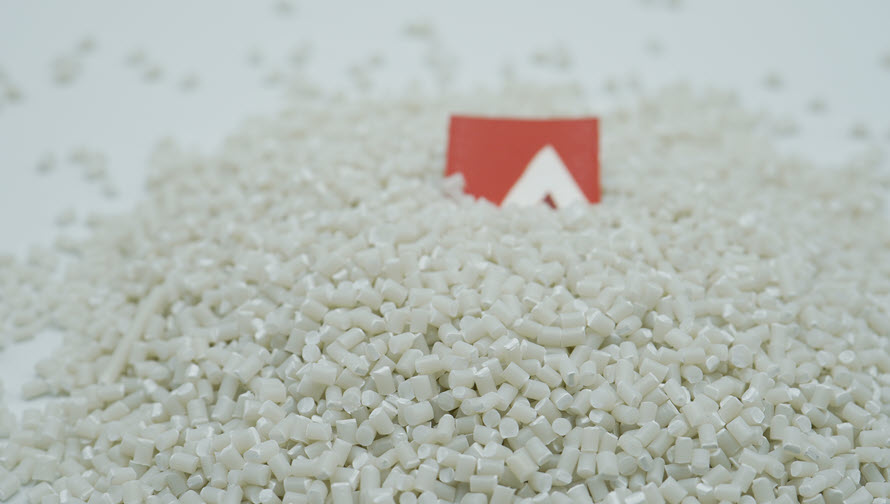
2.10. Anti-aging additives for plastics
Normally, aging occurs in plastics when:
- Processing: high-temperature processing, exposure to oxygen (from the air).
- Daily use: affected by temperature, moisture, and oxygen. Faster aging when expose to radiation (UV light, sunlight).
The impacts of aging in plastics are losing mechanical properties and flexibility, color fading, and cracking. Therefore, we need anti-aging additives for plastics to prevent polymer degradation in processing and daily use. This additive is used to protect finished products from several agents of the environment. They are also an effective way to prevent thermal degradation during processing, especially when the polymer suffers multiple heat histories.

2.11. Weather stabilizer additive for plastics
In the environment, sunlight, UV light, heat, and moisture,... attack plastic products, resulting in polymer brittleness, changing color, and physical properties. Therefore, we need weather (UV) stabilizer additives for plastics to prolong use time and save investment costs.
Weather stabilizer plastic additive advantages:
- Remain mechanical properties: Weather (UV) stabilizer is added to plastics to prevent degradative effects of exposure to sunlight, UV light, and weather. In draconic lab-testing Weather (UV) Stabilizer Additive is effective to prolong aging time and retain mechanical properties (impact strength, tensile strength, elongation, etc.)
- Preserve color: Reduce phenomena like chalking and color fading when plastic products expose under sunlight directly.
Application: Polymer equipment at playgrounds and stadiums, artificial grass, nonwoven bags, jumbo bags, and agriculture film.

2.12. Desiccant additives for plastics
Moisture exists in everything, and polymer material is no exception. Especially in technical resins, moisture may cause fish eye and surface defects on final products. Therefore, manufacturers should use desiccants to mitigate moisture in polymer processing (cast, blowing film, etc.)
Desiccant contains Calcium Oxide (CaO), which is a strong water absorber. In polymer processing, Calcium Oxide disperses, eliminates moisture, and prevents phenomena such as fisheye. It also solves moisture problems in thermoforming (blow film, film casting, blow molding, etc.) and injection molding. Especially for recycled plastic, it helps remove moisture and cuts out the oxidizing effect that occurs during the recycling of the polymer.
Application: Blow film, cast film, sheet/pipe extrusion.
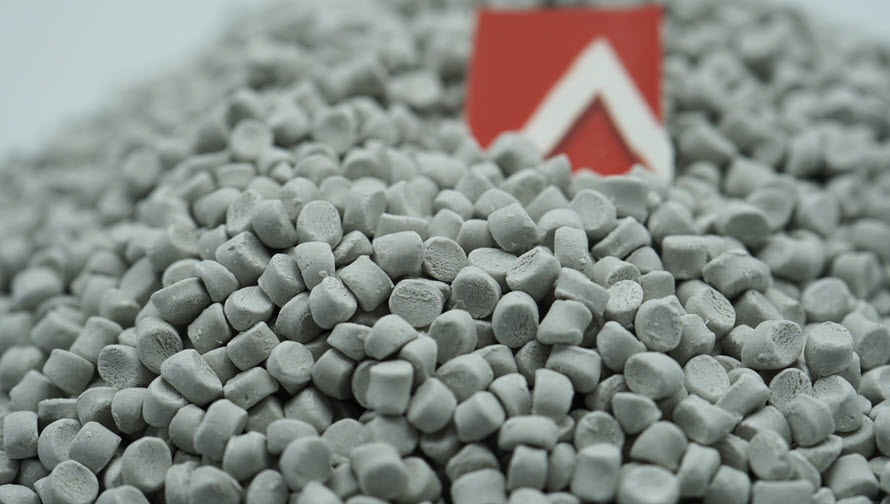
2.13. Processing aid additives for plastics
Processing aid additives help improve some common phenomena in polymer processing such
as die build-up, shark skin, melt fracture, etc. They contain Polymer Processing Aid (PPA) with Fluoropolymer stuck cylinder surface, which decreases friction and increases slip between the outer layer of polymer flow and the metal surface. Thus, they support the mixing process in the cylinder, even the heat profile, preventing die build-up, shark skin, and melt fracture. PPA does not react with other additives or alter the mechanical properties of plastic products.
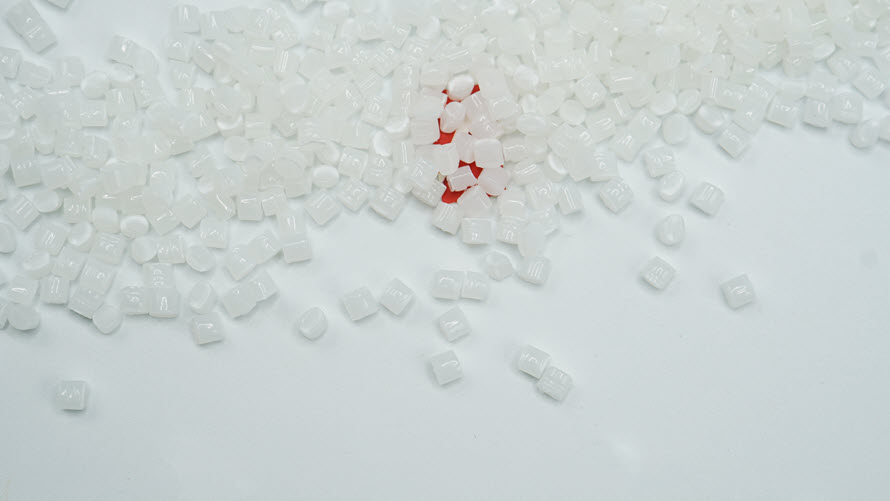
Advantages of processing aid additives:
- Improve the flow characteristics of plastics during processing
- Reduce die build-up, and melt fracture
- Lower consumption energy
- Reduce shark skin (especially if use recycle plastic)
- Increase out-put
Application: Products made from PE, PP.
2.14. Odor scavenger additives for plastics
Odor removing additives (or Fragrance additives) are used to reduce unpleasant odors caused by (recycled) plastics. They help improve finished product quality and product competitiveness. The advantages of these additives are:
- Removing the unpleasant smells of plastic
- Improving the quality of end-products
Application: Home appliances, toys, textile packaging.
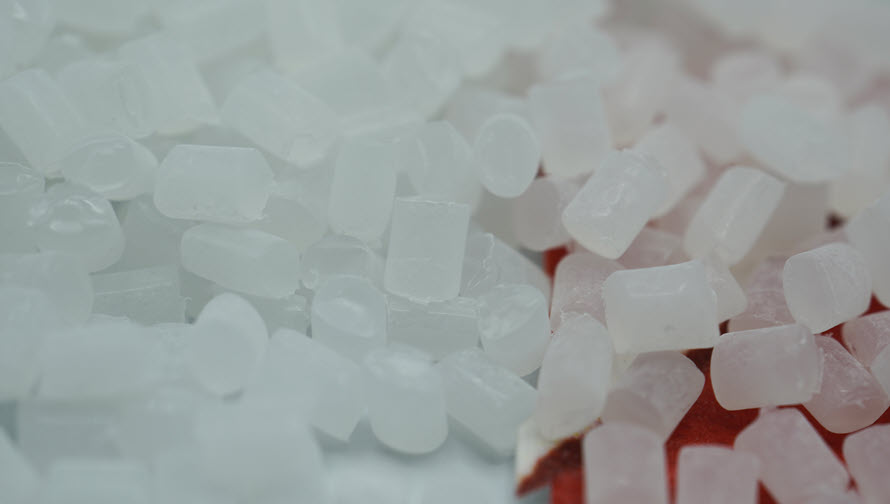
European Plastic Company (EuP) is the world’s largest filler masterbatch manufacturer located in Vietnam. Our plastic additives are quality-proven products that satisfied thousands of customers in +85 countries all around the world. This product is a cost-effective solution and helps you enhance many properties of your final products like durability and longevity.
If you want to get more details about our plastic additives, please fill in this form or contact us via email/phone number. We are more than happy to help!